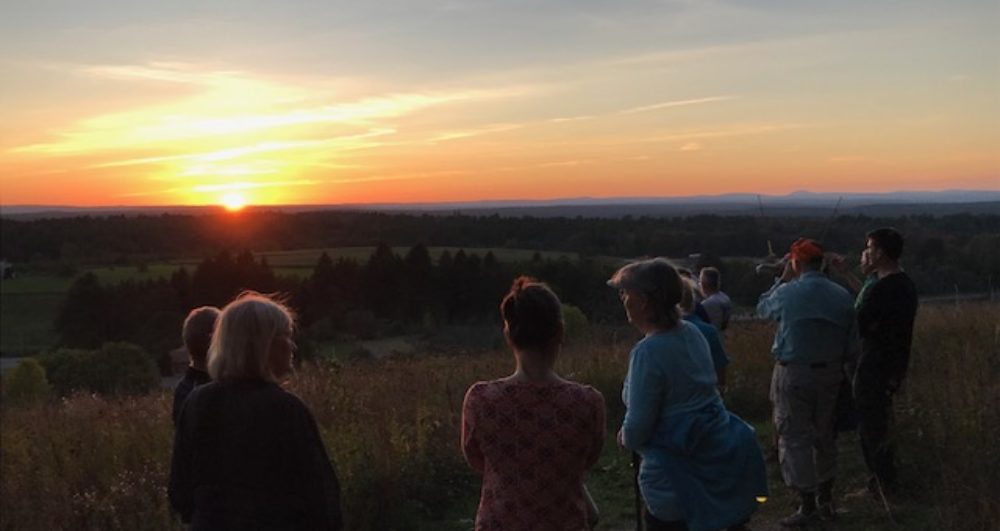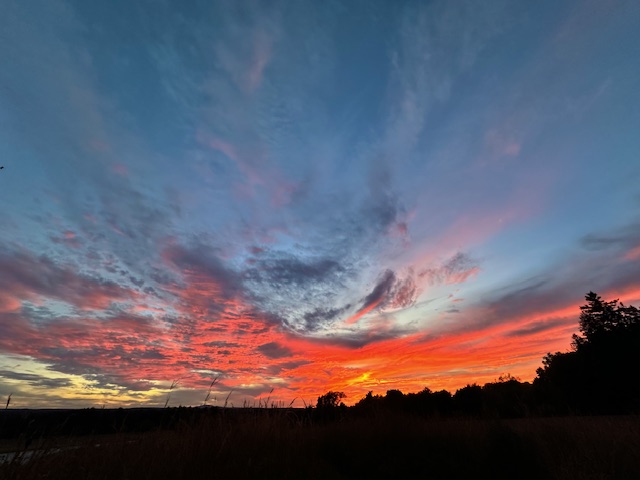Recent Posts
Groton is beautiful. Let’s protect it together.
The Groton Conservation Trust contributes to the protection of 1869 total acres around Groton, giving you views like this stunning sunset at The General Field. The GCT also holds Conservation Restrictions on another 429 acres with about 130 additional acres pending. As we reach out for our annual funding appeal, we could give you a hundred reasons why this important to Groton, and to you. Here are our top three:
- Strengthens Climate Resilience
Conserved land stores carbon, reduces flood risks, and protects natural buffers — making Groton more resilient to the impacts of climate change. Conserved lands also filter pollutants, reduce erosion and improve water and air quality. - Provides Local Recreation and Well-Being
The GCT works with the Groton Trails Network to maintain trails and open areas that offer hiking, biking, winter sports, birdwatching, and peaceful, beautiful places to connect with nature. - Protects Natural Areas and Wildlife Habitat
The GCT safeguards forests, wetlands, meadows, and other ecosystems — helping preserve biodiversity and protect threatened species.
How do you know if the work of the GCT is truly effective?
The Groton Conservation Trust is proud of our 60+ year legacy as a conservation leader in our community, and a leader in the state. But you don’t have to take our word for it! According to the Massachusetts Land Trust Coalition, an organization that advocates for open space protection, the GCT is at the top of the chart in land protection (the top dot in the chart, that’s the GCT!) based on the number of acres protected based on staff size (FTEs).

In their report, they looked at land trusts across the state, the acreage protected and the number of paid staff to do the work. We were pleased to see where the GCT is in this metric, protecting more acres as similar organizations with just one part-time staff member.
What does this mean?
We are small but mighty! We have a tremendous reach with one half time employee and a very dedicated group of volunteers. Ours is an incredibly lean operation with a mission and budget focused on stewardship, land protection, and free community programming.
Your donation dollar helps us enact this mission and “keep the lights on”. Join the GCT in keeping Groton a beautiful place to live. Make your year end contribution today. Thank you!


